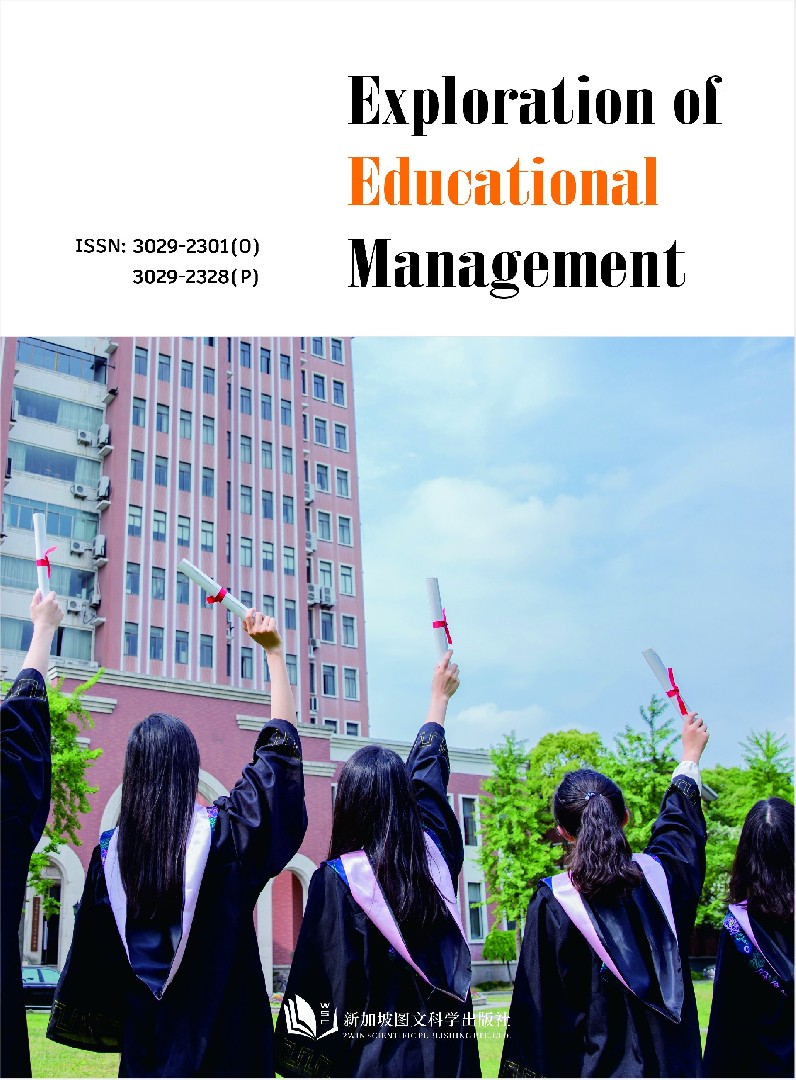作者
Die Hu,Sixian Wu
文章摘要
Objective: This study aims to explore the mechanism through which social support affects adolescent smartphone addiction, focusing on the role of self-esteem.Methods: In January 2023, a total of 1,567 adolescents were surveyed in Huanggang, Hubei, and Fuzhou, Jiangxi, using convenience sampling. The Perceived Social Support Scale, Self-Esteem Scale, and Smartphone Addiction Scale were used for data collection. SPSS 26.0 was employed to perform common method bias tests, descriptive statistics, correlation analysis, and mediation analysis.Results: Self-esteem partially mediated the relationship between social support and smartphone addiction, accounting for 53.06% of the total effect.Conclusion: Enhancing social support and improving self-esteem in adolescents can help reduce the risk of smartphone addiction.
文章关键词
Adolescents; Smartphone Addiction; Self-Esteem; Perceived Social Support
参考文献
[1] Liu, J., Wang, T., Hou, N., et al. (2022). The relationship between self-efficacy and academic burnout in medical students: The mediating role of smartphone addiction. Psychological Monthly, 17(1), 46-47, 50.
[2] Xu, C., Xie, J., Wei, X., et al. (2022). Research progress on interventions for adolescent smartphone addiction. Chinese Journal of School Health, 43(8), 1276-1280.
[3] Jia, B., Su, J., Tian, Y., et al. (2024). The impact of perceived social support on perceived employability: Moderated mediation effect. Chinese Journal of Health Psychology, 32(7), 1058-1064.
[4] Ge, X., & Zhu, Z. (2014). Empirical study on the relationship between adolescent social support and smartphone addiction. Chinese Health Statistics, 31(5), 830-832.
[5] Zhang, Y., Lu, G., Song, X., et al. (2018). The mediating role of self-control and interpersonal adaptability between self-esteem and smartphone addiction tendency in adolescents. Chinese Journal of Mental Health, 32(5), 420-424.
[6] Lü, S., & Qiu, Z. (2020). The impact of self-esteem on adolescent smartphone addiction: The mediating role of peer relationships and the moderating role of self-cognition. Modern Preventive Medicine, 47(2), 296-299.
[7] Yang, S., Wang, Y., Wang, W., et al. (2023). The impact of social support on adolescents' trait emotional intelligence: The mediating role of self-esteem. Journal of North China University of Technology (Social Science Edition), 23(4), 77-83.
[8] Kwon, M., Kim, D. J., Cho, H., et al. (2013). The smartphone addiction scale: Development and validation of a short version for adolescents. PLOS ONE, 8(12), 1-7.
[9] Xiang, M., Wang, Z., & Ma, B. (2019). Reliability and validity of the Chinese version of the smartphone addiction scale in adolescents. Chinese Journal of Clinical Psychology, 27(5), 959-964.
[10] Zimet, G. D., Dahlem, N. W., Zimet, S. G., et al. (1988). The multidimensional scale of perceived social support. Journal of Personality Assessment, 52, 30-41.
[11] Jiang, Q. (2001). Perceived social support scale. Chinese Journal of Behavioral Medicine and Sciences, 10(10), 41-42.
[12] Rosenberg, M. (1965). Self-esteem and the adolescent. The New England Quarterly, 148(2), 177-196.
[13] Wang, M., Cai, B., Wu, Y., et al. (2010). The impact of item phrasing on the factor structure of the Chinese Rosenberg Self-Esteem Scale. Psychological Exploration, 30(3), 63-68.
[14] Zhou, H., & Long, L. (2004). Statistical tests and control methods for common method bias. Advances in Psychological Science, 12(6), 942-950.
[15] Zhang, Y., Gu, S., Dai, J., et al. (2023). The chain mediating effect of self-control and stress coping between social support and smartphone addiction in adolescents. Occupational and Health, 39(8), 1098-1101, 1106.
[16] Wan, H., & An, L. (2022). The relationship between perceived social support and adolescent self-esteem: The mediating effect of attribution style and security. Journal of Hangzhou Normal University (Natural Science Edition), 21(4), 394-402.
[17] He, Q., Wang, Z., & Wang, M. (2020). The impact of adolescents' interpersonal relationships on smartphone addiction tendency: The chain mediating role of self-esteem and anxiety. Psychological Research, 13(5), 474-480.
Full Text:
DOI
